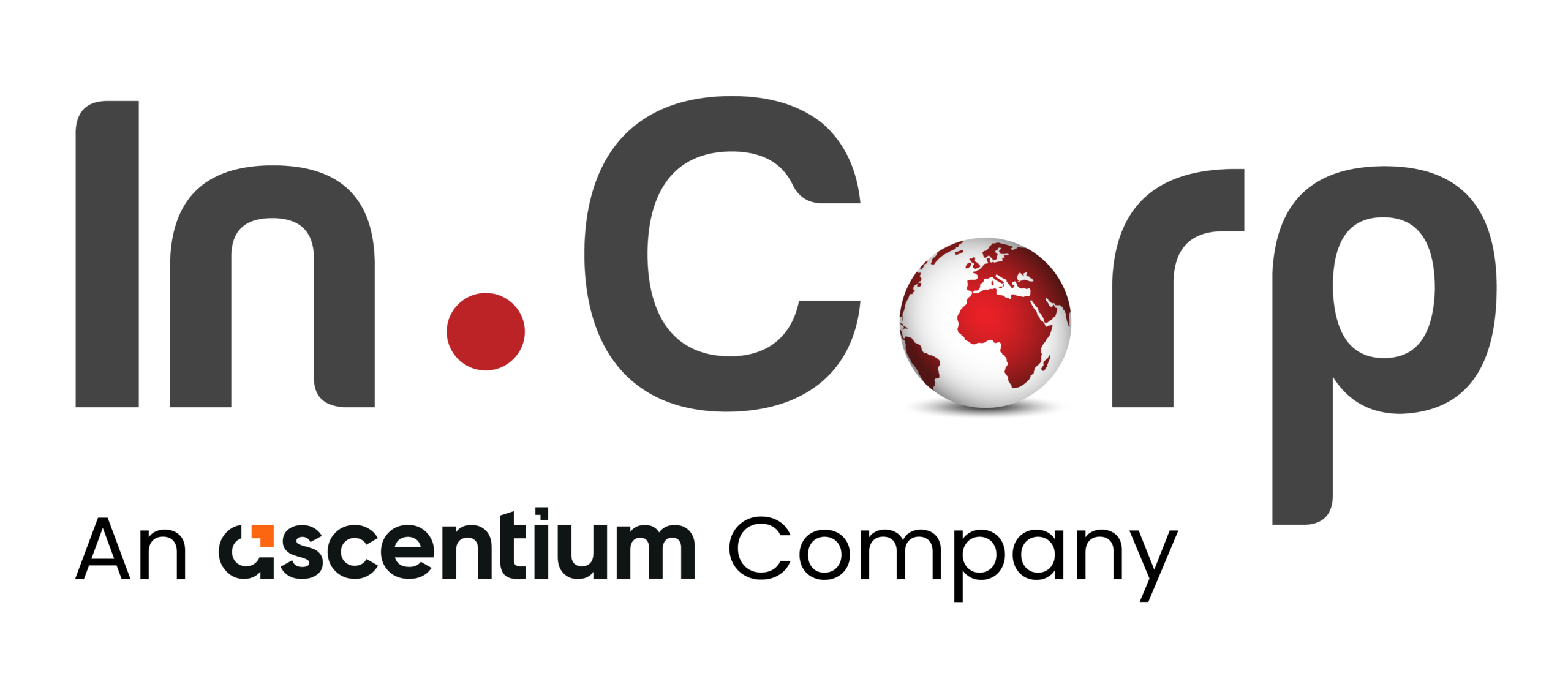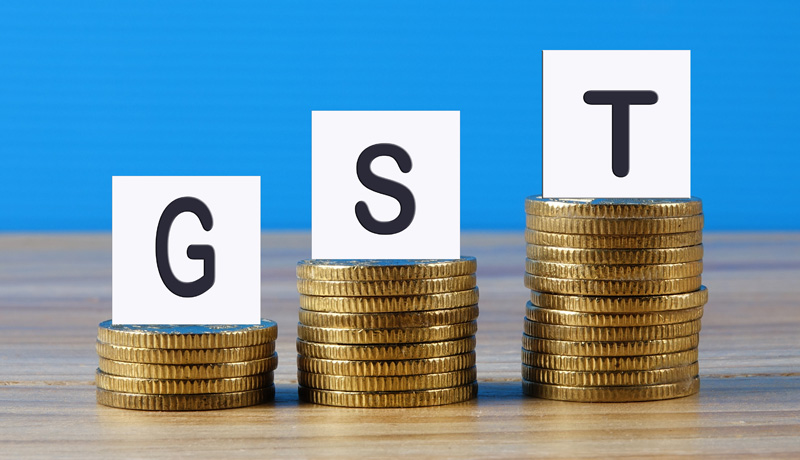Guide to ISD and Cross Charge under GST

Guide to ISD and Cross Charge under GST
Understanding the Mechanisms of ISD and Cross Charge for GST Compliance
- Last Updated
The introduction of Goods and Services Tax (GST) has been a game changer for Indian businesses in terms of managing compliance to the different tax laws at different locations simultaneously. One of the major issues these businesses grapple with is how best to manage Input Tax Credit (ITC) allocations. Within one company that has multiple facilities, there are two principal methods by which ITC can be attributed: (Input Service Distribution) ISD and Cross Charge. Both methods intend to allocate and identify a tax credit, but each has a unique approach to doing so. Changes to the rules of GST have made compliance even tighter, requiring a greater level of accuracy on the part of businesses.
This blog aims to provide a comprehensive description of the system of Input Service Distributor and Cross Charge, their distinctions, and any applicable recommendations for proper compliance with the law on taxation.
How is ITC Distributed Under GST?
According to GST regulations, businesses can distribute ITC allocations using two mechanisms:
✔ Input Service Distributor (ISD): Relates to the Head Office (HO) receiving invoices for certain services and passing on the ITC to its respective branches.
✔ Cross Charge: Relates to the Internal HO provision of services to its branches and ability to charge them for these services.
Starting April 1, 2025, ISD registration is compulsory. Now businesses have to decide whether they make use of ISD or Cross Charge and what impact these decisions will have on GST returns.
What is Input Service Distributor (ISD)?
Some services are centralized by many businesses at their Head Office (HO), like advertising, legal consultancy, software subscription, or IT support. As the invoices for these services are raised to the HO, the corresponding ITC has to be passed on to the respective branches. ISD comes in here.
Example of ISD:
Johnson Ltd. is a company with its Head Office in Mumbai and Branches at Delhi, Bangalore, and Chennai. The Head Office hires a digital marketing agency for a countrywide advertisement campaign. The bill for INR 5,00,000 + 18% GST (INR 90,000) is received at the Mumbai HO. But since the campaign is being used for all branches, ITC should be split accordingly.
If the distribution of turnover among branches is:
Delhi: 40%
Bangalore: 35%
Chennai: 25%
ITC allocation would be:
Delhi Branch: INR 36,000
Bangalore Branch: INR 31,500
Chennai Branch: INR 22,500
Each branch can then use the ITC to pay its GST liability.
Important Features of ISD
✔ ISD can be used only for services and not for goods.
✔ ITC is transferred according to turnover in each branch.
✔ No tax invoice is given—only an ITC distribution document.
✔ Mandatory registration under ISD from April 1, 2025, for companies receiving common service bills.
What is Cross Charge?
In most companies, the services are rendered by the Head Office itself to the branches rather than outsourced. Such services could be:
- HR & Payroll Management (Hiring, salary processing, handling compliances)
- IT Support (Software maintenance, troubleshooting, ERP management)
- Administrative Services (Legal, finance, accounting assistance)
When such services are offered in-house, the HO has to compensate costs by making invoices to the branches, this is referred to as Cross Charge under GST.
Let us consider Al Express Ltd., where the head office is in Bangalore and branches exist in Hyderabad, Pune, and Kolkata. There is an in-house IT section in the company that takes care of billing software for all branches. The upkeep of this IT section costs the company INR 6,00,000 annually.
The Head Office, hence, charges this expense to the branches as follows:
Hyderabad Branch: INR 2,40,000
Pune Branch: INR 2,00,000
Kolkata Branch: INR 1,60,000
As GST is levied on such internal services, the HO raises invoices:
Hyderabad Branch: INR 2,40,000 + INR 43,200 GST
Pune Branch: INR 2,00,000 + INR 36,000 GST
Kolkata Branch: INR 1,60,000 + INR 28,800 GST
Each branch can recover the ITC against its GST liability.
Key Features of Cross Charge
✔ Applicable to both goods and services.
✔ Where internal services are supplied by the Head Office.
✔ Involved in issuing a tax invoice with GST.
✔ Compulsory for cost-sharing of internal services under GST.
Key Differences Between ISD and Cross Charge
| Feature | Input Service Distributor (ISD) | Cross Charge |
|---|---|---|
| When to Use? | When a third-party service is purchased by HO and used by branches. | When HO provides services to branches. |
| Who provides the service? | An external vendor (marketing, legal, software). | The Head Office (HR, IT, Admin). |
| What is transferred? | Only ITC (tax credit). | Actual service with GST applied. |
| Is an Invoice Issued? | No, only an ITC distribution document. | Yes, a tax invoice is issued. |
| Example | HO hires a legal consultant for all branches. | HO’s IT team manages software for branches. |
Recent GST changes have added new compliance requirements:
✔ Mandatory ISD Registration: Companies need to register for ISD if they receive invoices for shared services utilized across various branches.
✔ Reverse Charge Mechanism (RCM) Incorporation: ISD should also pass on ITC on RCM services (e.g., legal, transportation services).
✔ Cross Charge Continues: Internal services continue to be cross charged even in the case of ISD.
Common Errors & How to Steer Clear of Them?
Error 1: Applying Cross Charge in Lieu of ISD. If your HO issues a tax invoice to branches rather than distributing common ITC, the ITC claim might be rejected.
Error 2: Failing to Apply GST on Cross Charge? If internal services are rendered but GST is not charged, it can result in non-compliance and fines.
Error 3: Not Registering for ISD? As ISD is compulsory now, not registering may cause compliance and penalty issues.
Implementation Steps
✔ Step 1: Decide whether transaction is ISD or Cross Charge
Go through all the third-party bills received by the HO.
Identify if the HO is procuring services in-house or taking them from outside.
✔ Step 2: Register as ISD (If Necessary)
If third-party bills are received on behalf of more than one branch, register as ISD under GST.
✔ Step 3: Issue Cross Charge Invoices (If Applicable)
When the HO gives internal services, issue tax invoices and charge GST.
✔ Step 4: Maintain Proper Records, have invoices, ITC distribution documents, tax invoices, and agreements at hand for auditing.
✔ Step 5: Stay Updated on GST Rules. Check for GST amendments regularly and consult experts whenever necessary.
Input Service Distributor (ISD) Registration Process under GST
Since ISD registration is mandatory from 01-04-2025, businesses must ensure they register properly under GST. Below are the steps to obtain ISD registration
✔ Step 1: Visit GST Portal
Visit www.gst.gov.in and Click on Register.
✔ Step 2: Go to Registration
Under New Registration – Fill the relevant basic details and Generate TRN
Login using TRN
Select ‘Input Service Distributor (ISD)’ as the registration type.
✔ Step 3: Fill Business Details
Enter details such as PAN, Proprietor/Partner/Director Details, Address of Head Office etc
✔ Step 4: Upload Documents
Incorporation Certificate/Partnership deed etc
Photo of Directors/Partners/Proprietor and authorized signatory
Proof of business address such as rent agreement, electricity bill, property Tax bill etc
✔ Step 5: Submit Application
Verify details, sign the application using DSC/EVC, and submit.
Once Aadhaar authentication is completed either online or through bio metric verification depending on selection by GST portal, an Application Reference Number (ARN) is generated.
✔ Step 6: Approval from GST Authority
The GST officer will verify and approve the application.
In case of defects in GST registration application, a clarification notice will be issued which should be replied within 7 days
Upon approval, the ISD GSTIN will be issued.
Once registered as an ISD, the Head Office must file GSTR-6 monthly to distribute ITC correctly.
Conclusion
It is important for businesses to remain compliant and maximize ITC by understanding ISD and Cross Charge. As ISD registration is mandatory from April 1, 2025, and businesses need to prepare themselves now. Correct application of these mechanisms facilitates seamless GST compliance and avoids penalties.
Why Choose InCorp Global?
InCorp Global is a trusted partner for businesses seeking expert GST compliance solutions, including ISD registration and Cross Charge management. Here’s why businesses choose InCorp Global:
✔ Expertise in GST Compliance – With a team of seasoned tax professionals, InCorp ensures accurate GST registration, ITC distribution, and regulatory adherence.
✔ Hassle-Free Registration & Advisory – From ISD registration to tax invoice preparation, InCorp simplifies GST compliance, reducing the burden on businesses.
✔ End-to-End Support – Get continuous assistance with GST filings, audits, and ITC optimization for maximum tax benefits.
✔ Customized Solutions – Tailored GST strategies based on your business model, ensuring compliance and cost savings.
For expert guidance on ISD and Cross Charge, visit InCorp Global.
Authored by:
Vishal Sanjay Jaiswal | Indirect Tax
FAQs
- ISD is used to distribute ITC from third-party service invoices received by the Head Office to its branches.
- Cross Charge applies when the Head Office provides services internally to branches and issues tax invoices.
ISD registration is compulsory from 01-04-2025 if the Head Office receives invoices for common services used by multiple branches.
- Yes, the Head Office must charge GST on Cross Charge transactions and issue tax invoices to branches
- Using Cross Charge instead of Input Service Distributor (ISD) for third-party invoices.
- Not charging GST on Cross Charge transactions.
- Failing to register for ISD when required.
ISD helps businesses optimize ITC claims, reduce tax liability, and ensure smooth GST compliance across multiple branches.
Share
Share



































































